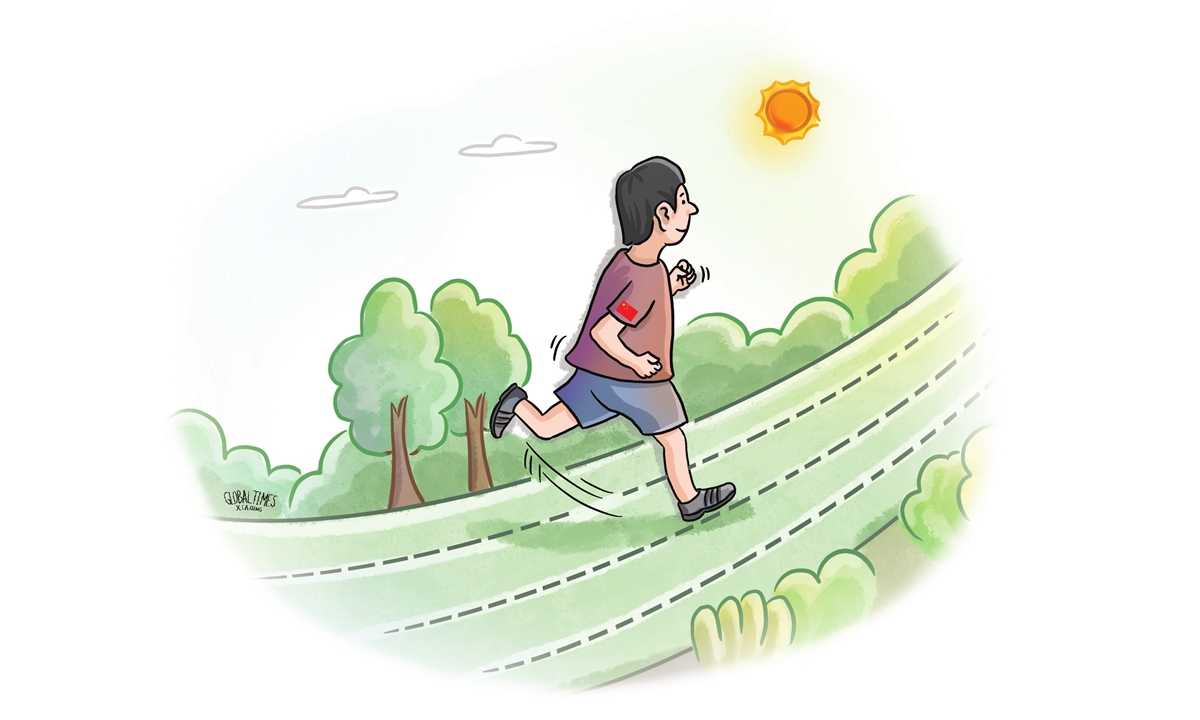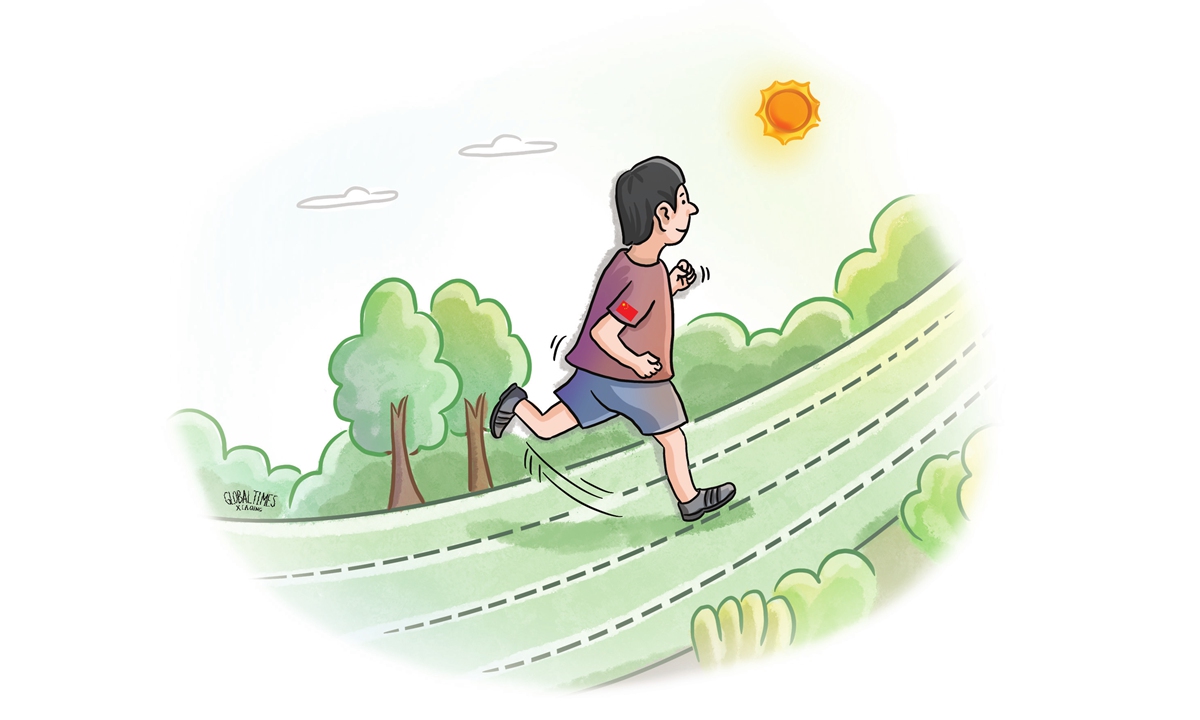 Parkinson disease impairs people’s motor function. /CFP
Parkinson disease impairs people’s motor function. /CFP
Parkinson disease impairs people’s motor function. /CFP
The 28th World Parkinson’s Day falls on Thursday. Commonly seen in the elderly, Parkinson disease (PD) is a prevalent degenerative disease of the nervous system, affecting approximately 4.5 million people worldwide.
The most typical symptoms of PD are motor symptoms, such as difficulty in walking, writing, swallowing and other movements. The patients’ hands, feet, head, and even lips and jaws will suffer tremors when they are still, and their body loses flexibility and becomes stiff.
Distressing non-motor symptoms
However, besides motor symptoms, PD also causes non-motor symptoms which often distress patients greatly.
The non-motor symptoms can include olfactory dysfunction, insomnia, constipation, mood disturbances and even cognitive changes, which are relatively early manifestations of PD, Hu Yongsheng, a chief physician at the functional neurosurgery department of Xuanwu Hospital Capital Medical University, told China Media Group (CMG).
Sleep disorders are one of the most common non-motor symptoms in PD patients, who may exhibit yelling or kicking movements during sleep, suddenly falling asleep during conversations for 10 to 20 minutes, as well as difficulty falling asleep, frequent awakenings and early waking.
Not normal aging
PD is a common neurodegenerative disorder with morbidity increasing with age. As the early symptoms can be subtle, they are often mistaken for normal aging process and ignored.
“Most PD cases begin with one side of the body, and then gradually worsening, eventually affecting both sides,” said Hu.
Hu warned that it is not a normal part of the aging process. “The fundamental cause of this disease is insufficient dopamine secretion in the brain. Over time, the patients are impaired in motor function. For example, they may have difficulty dressing, turning over, or cannot walk independently outside. In addition, they easily experience depression and are unwilling to engage in social interactions with others.”
Occurrence in young people
While the exact pathogenesis of PD remains unclear, the gradual degeneration and loss of dopaminergic neurons in the substantia nigra is associated with the disease. Additionally, genetic and environmental factors, along with drug use and chemicals, also play a role.
Studies have shown that the occurrence of PD in young people is closely related to genetic factors.
“More and more young people are also experiencing the disease … mostly related to genetic factors,” said Hu, adding that if there is PD occurrence in the family, the probability of getting PD is relatively greater, and the onset may be earlier.
Physical exercises fit for PD
While there’s no cure for the chronic progressive disorder currently, more evidences have shown that physical activities can reduce the risk of incidence, and also partially improve motor and non-motor symptoms during the course.
Three kinds of exercises are recommended for PD patients, namely aerobic exercises, resistance exercises or strength training, and stretch exercises, CMG reported on Thursday.
Aerobic exercises help to improve cardiorespiratory endurance in PD patients. Resistance exercises, which refer to exercises using equipment such as barbells, dumbbells and resistance bands, and those without equipment, including sit-ups, push-ups and pull-ups, can increase muscle strength. Stretching exercises can practice muscles and ligaments, improving one’s balance and coordination.
 The Angara-A5 launch vehicle carrying the Orion booster and a test payload on a launch pad at Vostochny Cosmodrome, April 10, 2024. /CFP
The Angara-A5 launch vehicle carrying the Orion booster and a test payload on a launch pad at Vostochny Cosmodrome, April 10, 2024. /CFP 

 Parkinson disease impairs people’s motor function. /CFP
Parkinson disease impairs people’s motor function. /CFP 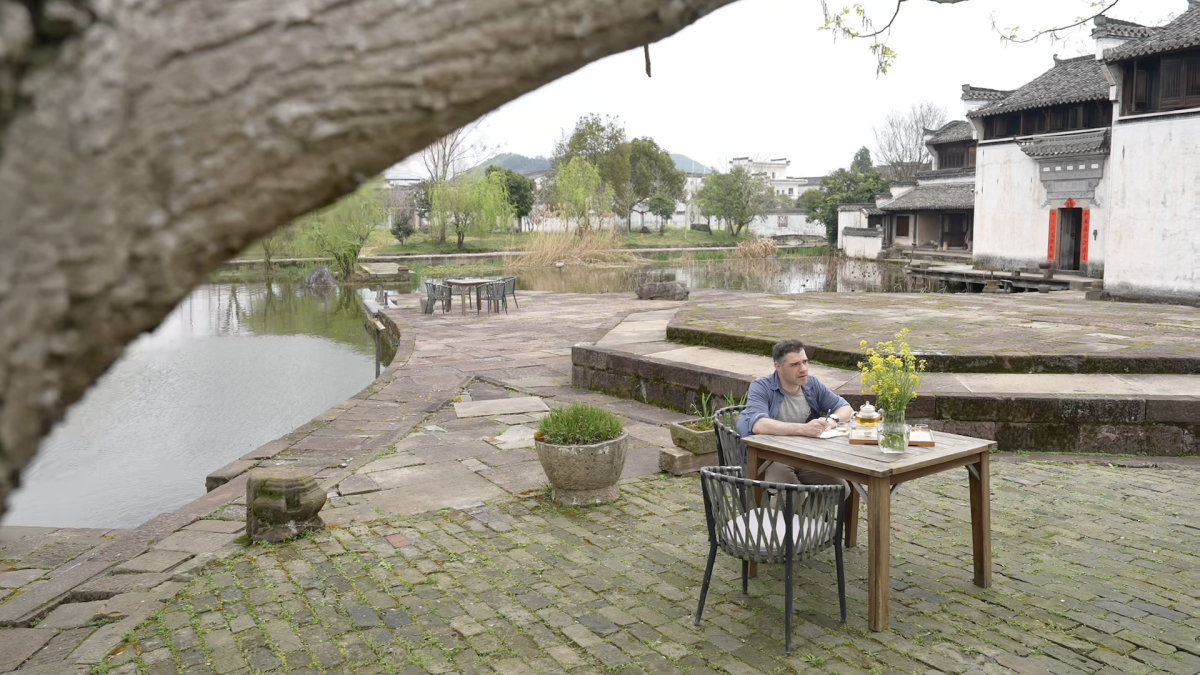
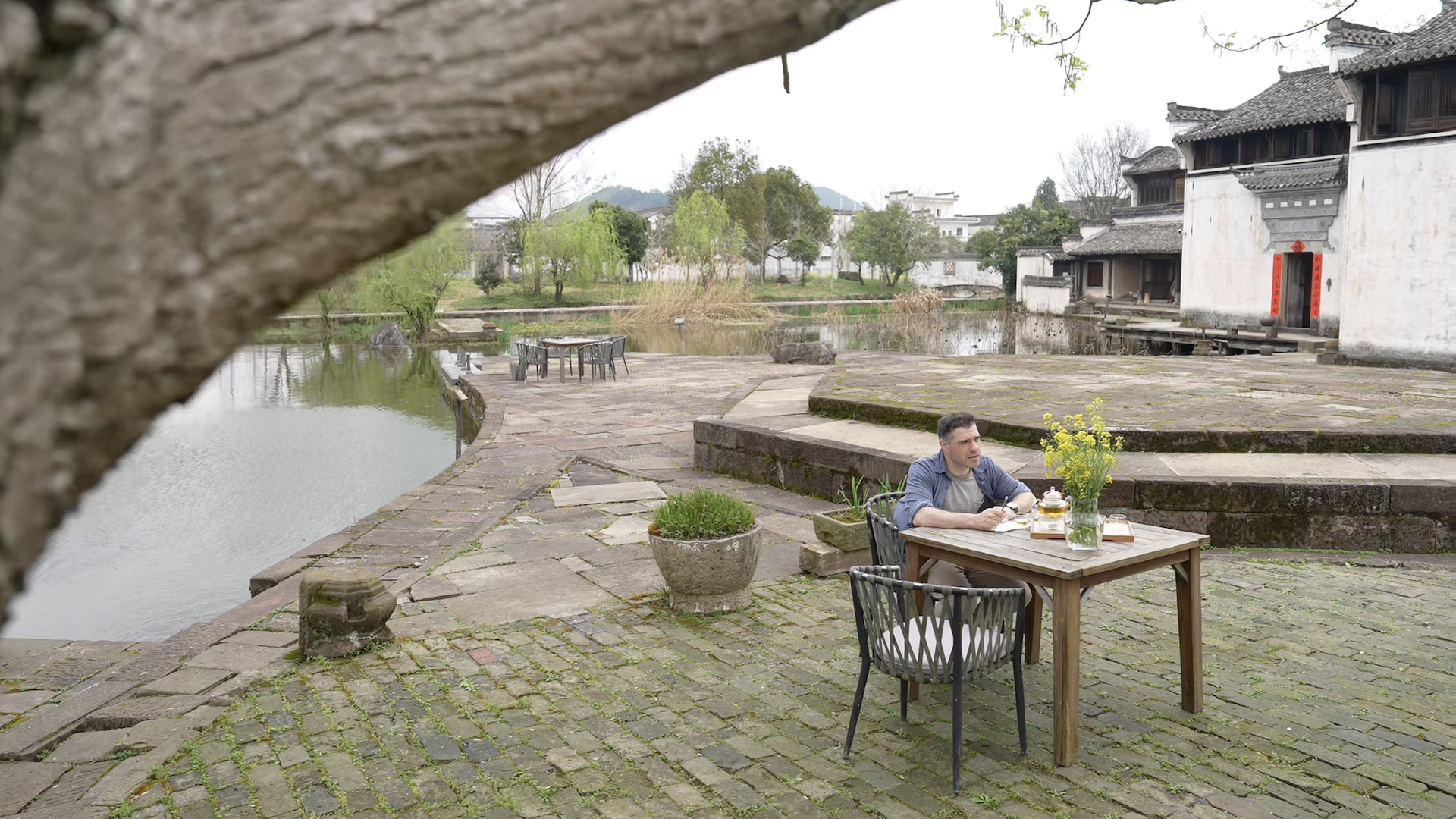
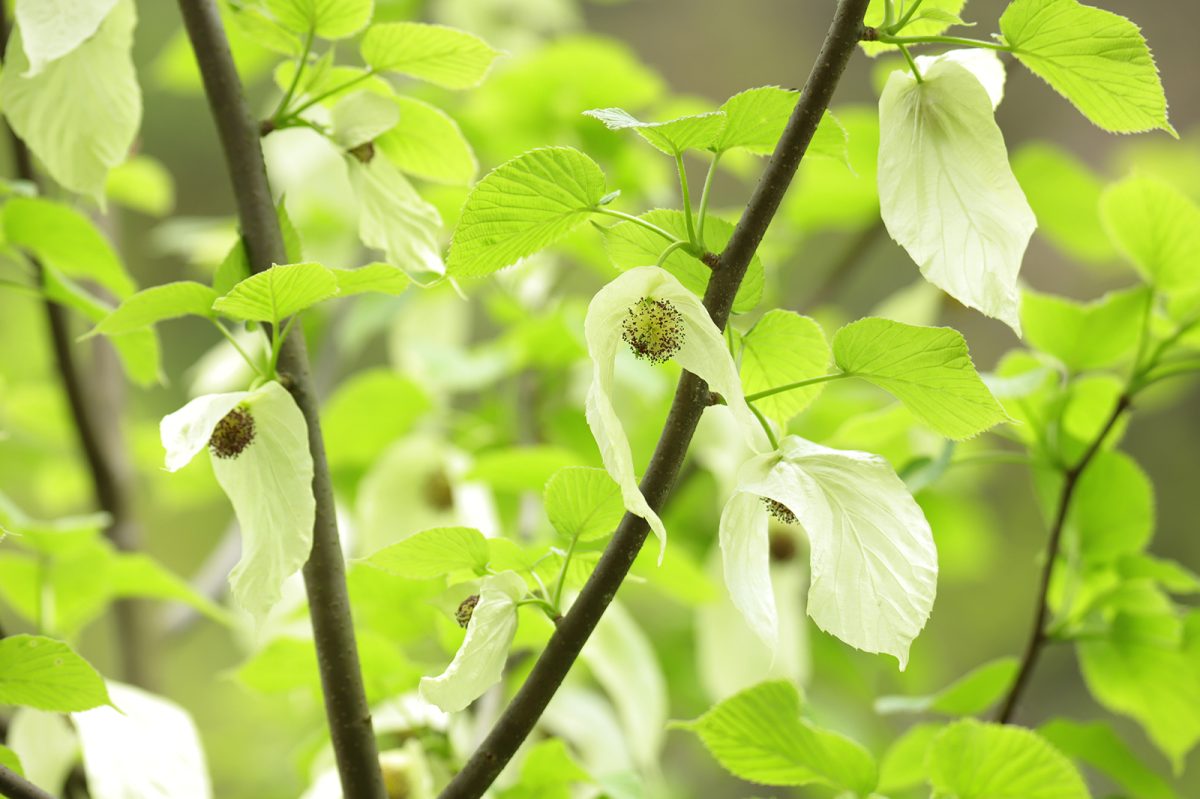
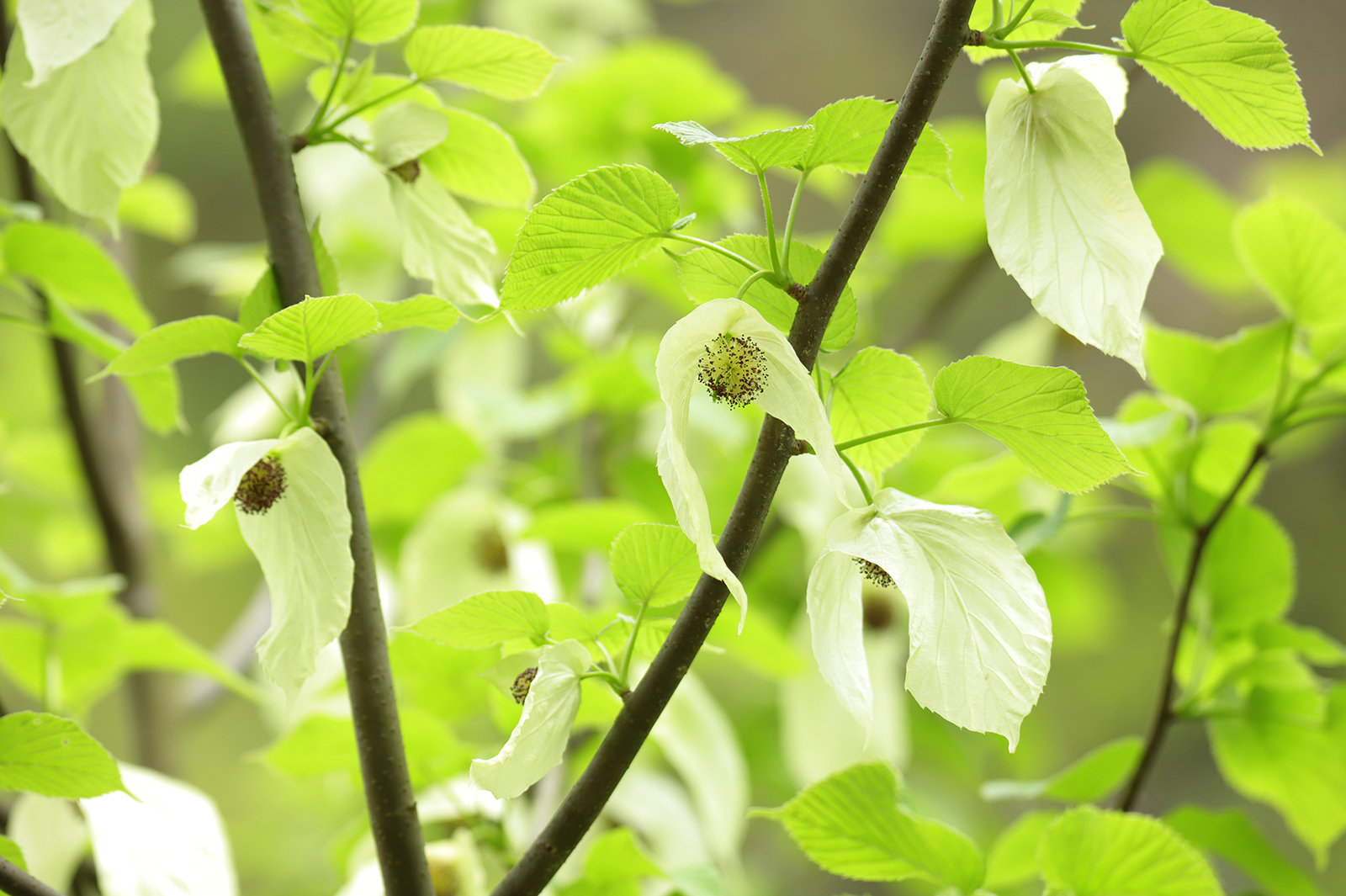 The Chinese dove trees at the western foot of Mount Fanjing in Tongren, Guizhou Province are in full bloom, resembling white doves flying in the forest. /Photo provide to CGTN by Tongren Integrated Media Center of Guizhou
The Chinese dove trees at the western foot of Mount Fanjing in Tongren, Guizhou Province are in full bloom, resembling white doves flying in the forest. /Photo provide to CGTN by Tongren Integrated Media Center of Guizhou 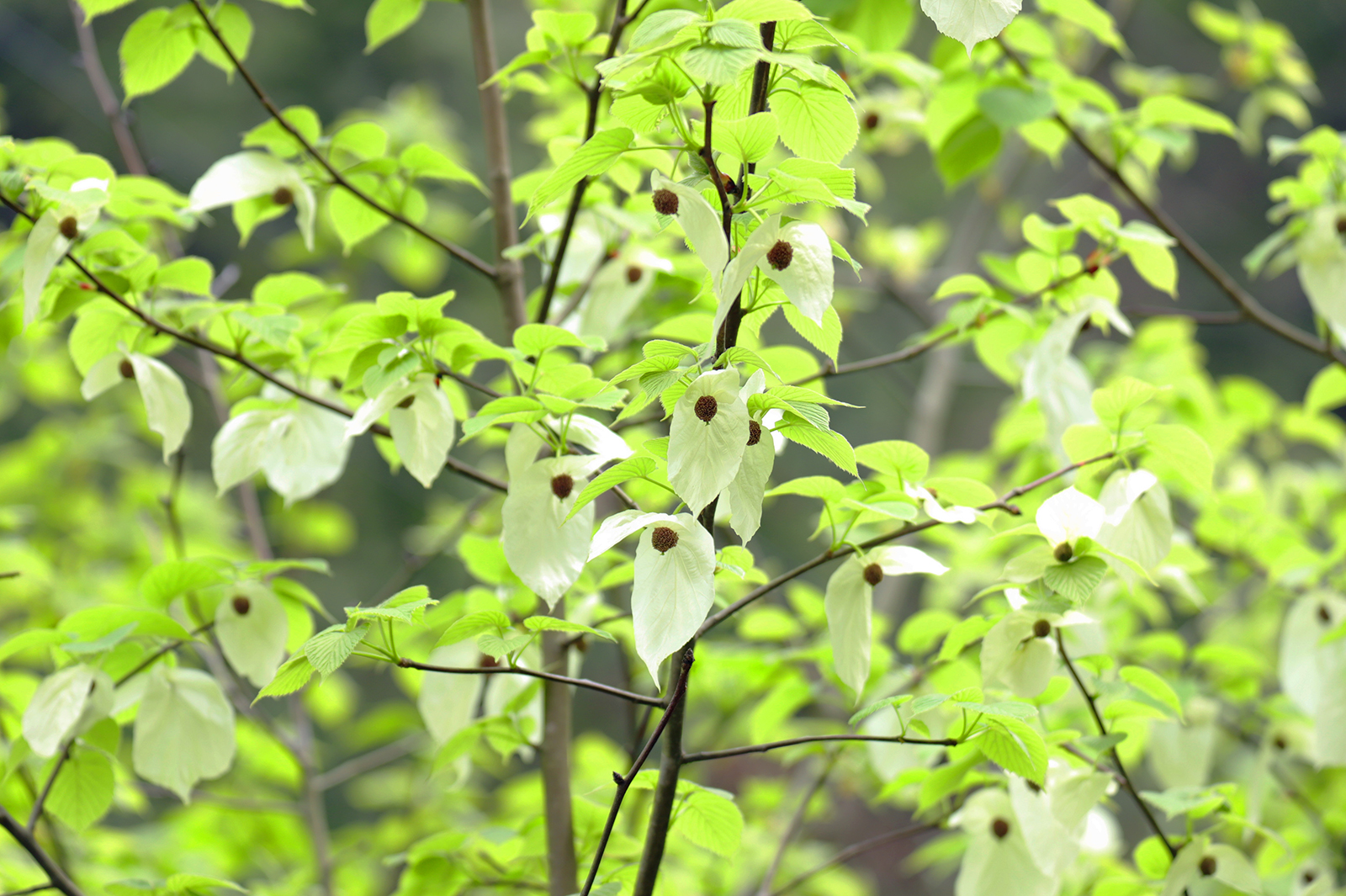 The Chinese dove trees at the western foot of Mount Fanjing in Tongren, Guizhou Province are in full bloom, resembling white doves flying in the forest. /Photo provide to CGTN by Tongren Integrated Media Center of Guizhou
The Chinese dove trees at the western foot of Mount Fanjing in Tongren, Guizhou Province are in full bloom, resembling white doves flying in the forest. /Photo provide to CGTN by Tongren Integrated Media Center of Guizhou  The Chinese dove trees at the western foot of Mount Fanjing in Tongren, Guizhou Province are in full bloom, resembling white doves flying in the forest. /Photo provide to CGTN by Tongren Integrated Media Center of Guizhou
The Chinese dove trees at the western foot of Mount Fanjing in Tongren, Guizhou Province are in full bloom, resembling white doves flying in the forest. /Photo provide to CGTN by Tongren Integrated Media Center of Guizhou 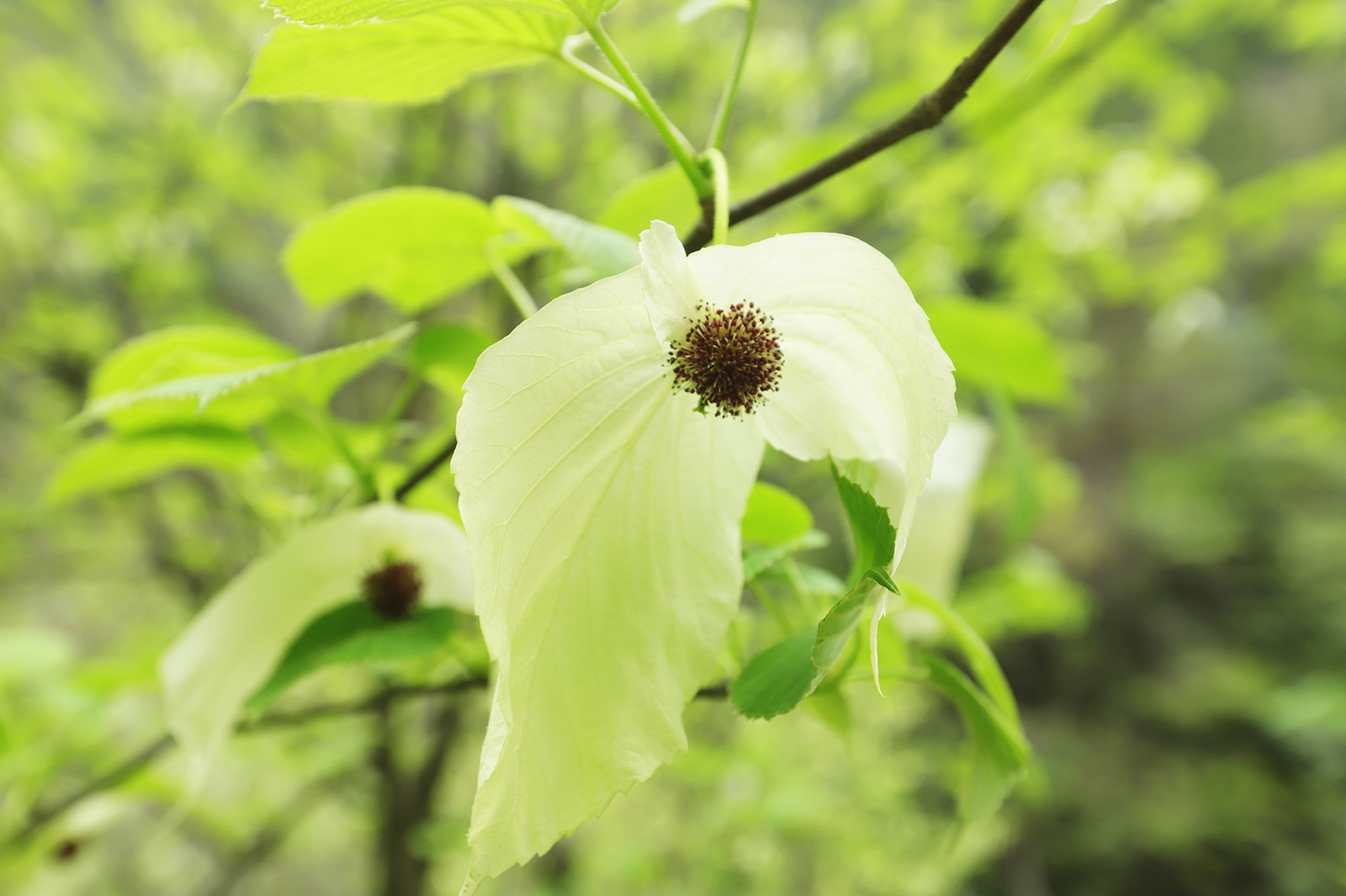 The Chinese dove trees at the western foot of Mount Fanjing in Tongren, Guizhou Province are in full bloom, resembling white doves flying in the forest. /Photo provide to CGTN by Tongren Integrated Media Center of Guizhou
The Chinese dove trees at the western foot of Mount Fanjing in Tongren, Guizhou Province are in full bloom, resembling white doves flying in the forest. /Photo provide to CGTN by Tongren Integrated Media Center of Guizhou 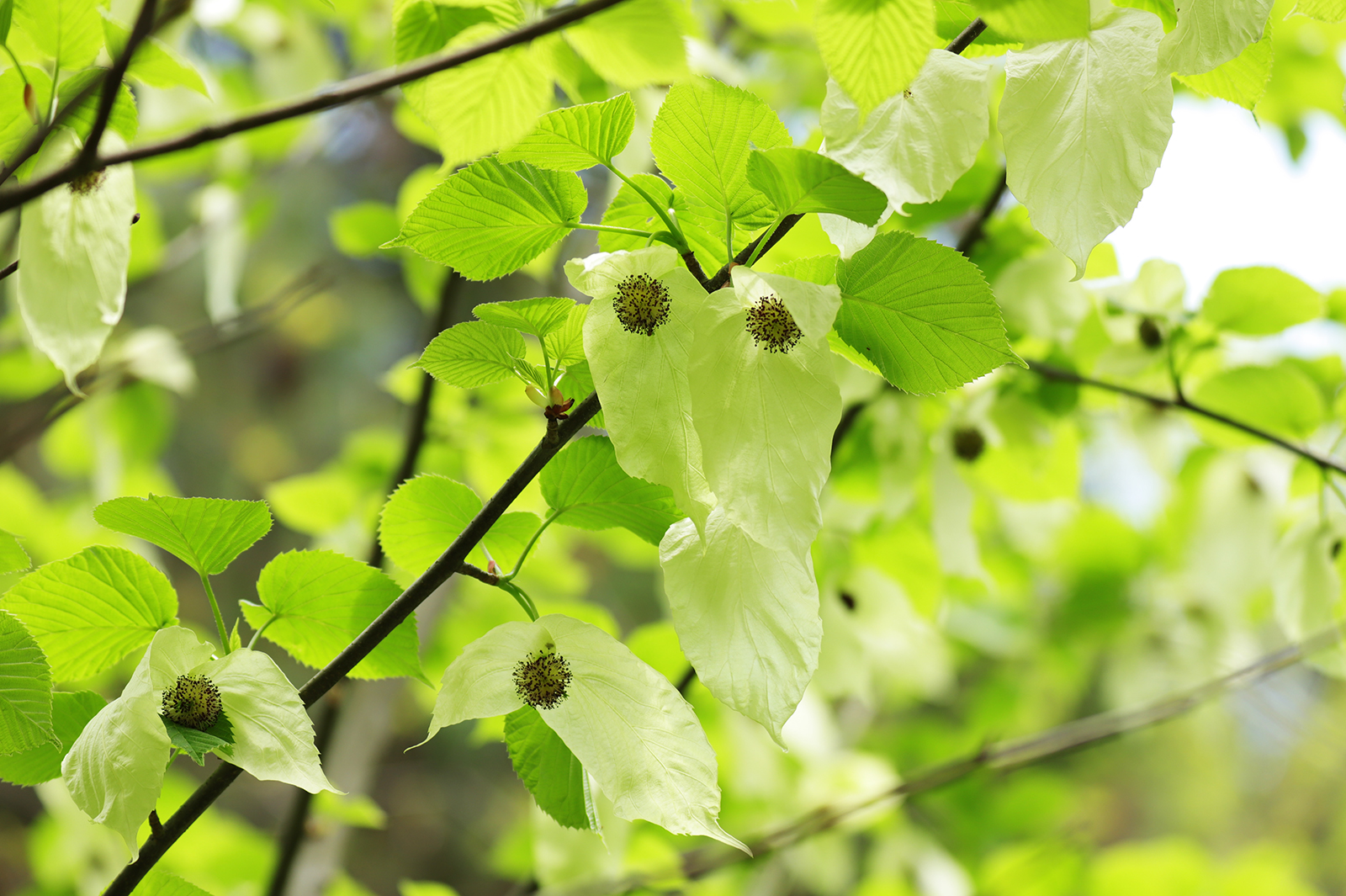 The Chinese dove trees at the western foot of Mount Fanjing in Tongren, Guizhou Province are in full bloom, resembling white doves flying in the forest. /Photo provide to CGTN by Tongren Integrated Media Center of Guizhou
The Chinese dove trees at the western foot of Mount Fanjing in Tongren, Guizhou Province are in full bloom, resembling white doves flying in the forest. /Photo provide to CGTN by Tongren Integrated Media Center of Guizhou 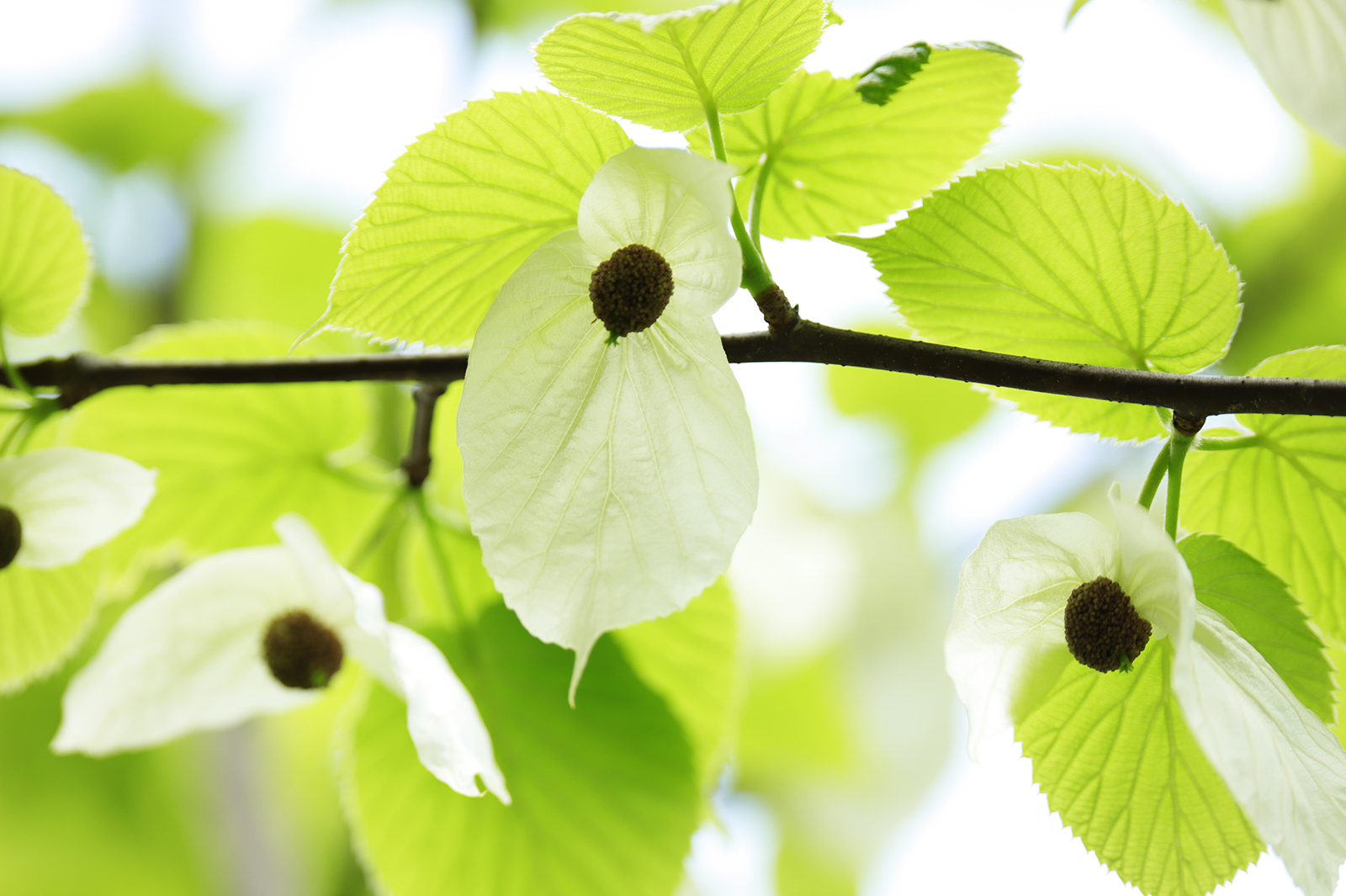 The Chinese dove trees at the western foot of Mount Fanjing in Tongren, Guizhou Province are in full bloom, resembling white doves flying in the forest. /Photo provide to CGTN by Tongren Integrated Media Center of Guizhou
The Chinese dove trees at the western foot of Mount Fanjing in Tongren, Guizhou Province are in full bloom, resembling white doves flying in the forest. /Photo provide to CGTN by Tongren Integrated Media Center of Guizhou 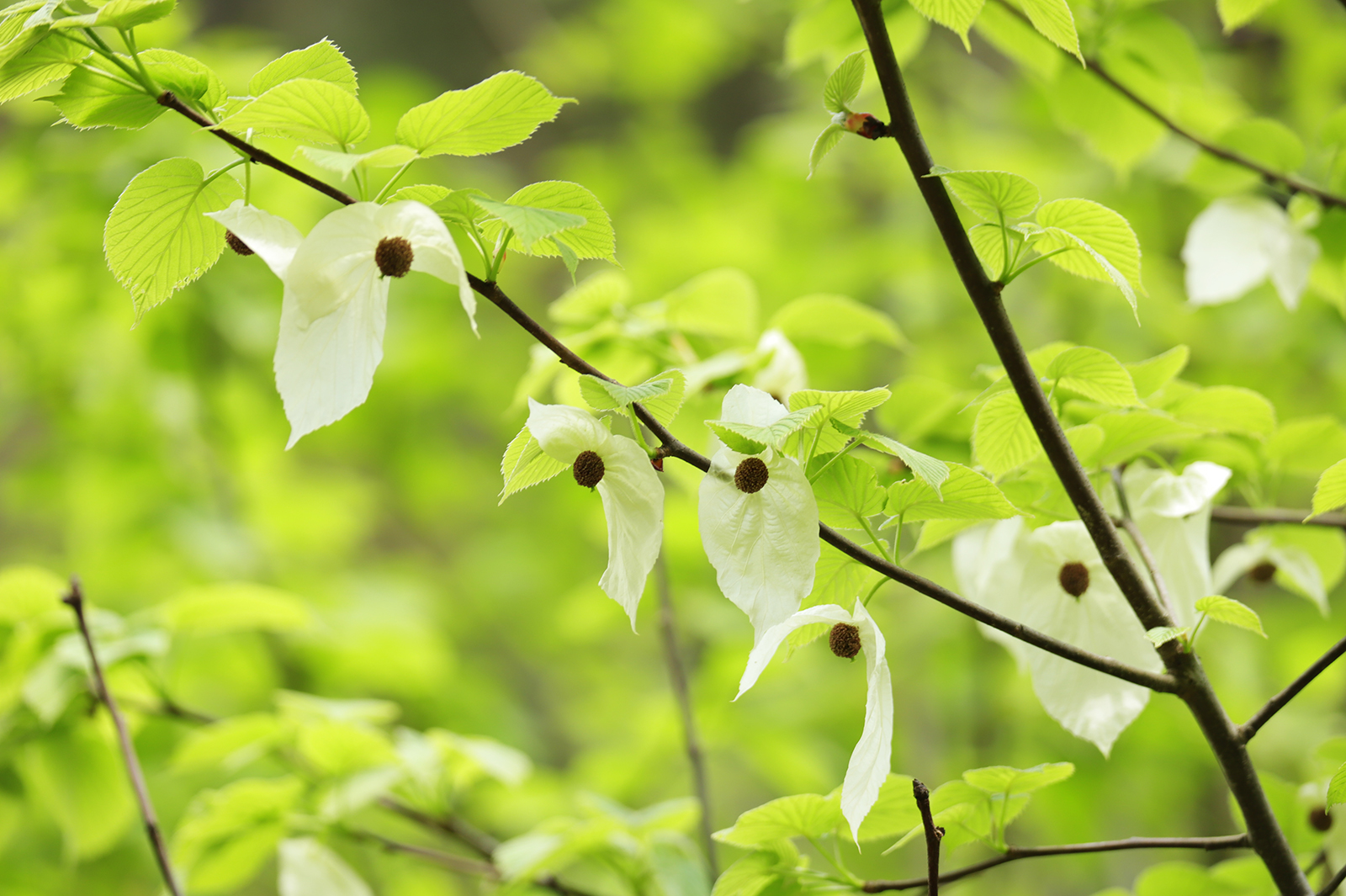 The Chinese dove trees at the western foot of Mount Fanjing in Tongren, Guizhou Province are in full bloom, resembling white doves flying in the forest. /Photo provide to CGTN by Tongren Integrated Media Center of Guizhou
The Chinese dove trees at the western foot of Mount Fanjing in Tongren, Guizhou Province are in full bloom, resembling white doves flying in the forest. /Photo provide to CGTN by Tongren Integrated Media Center of Guizhou 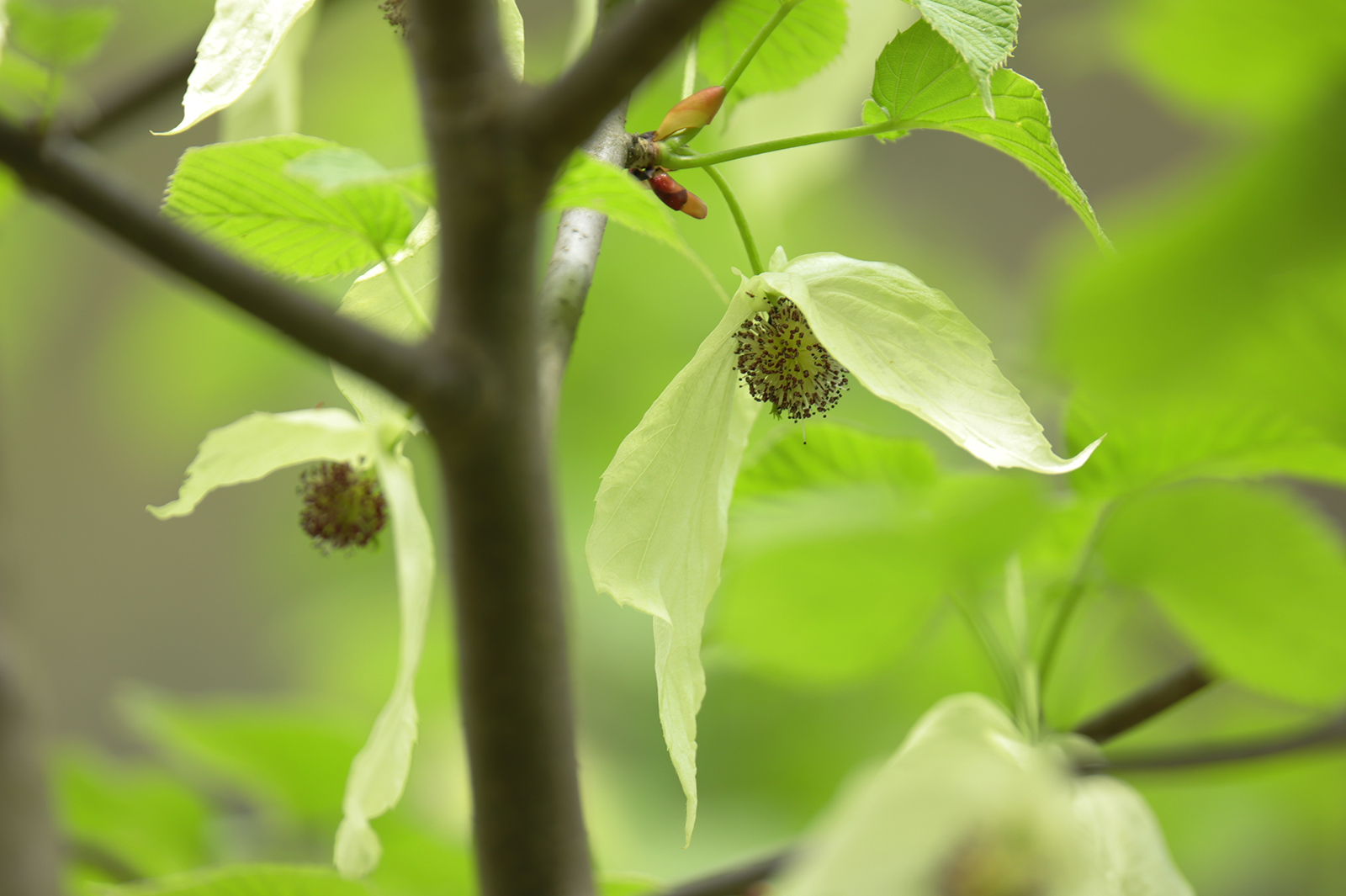 The Chinese dove trees at the western foot of Mount Fanjing in Tongren, Guizhou Province are in full bloom, resembling white doves flying in the forest. /Photo provide to CGTN by Tongren Integrated Media Center of Guizhou
The Chinese dove trees at the western foot of Mount Fanjing in Tongren, Guizhou Province are in full bloom, resembling white doves flying in the forest. /Photo provide to CGTN by Tongren Integrated Media Center of Guizhou 

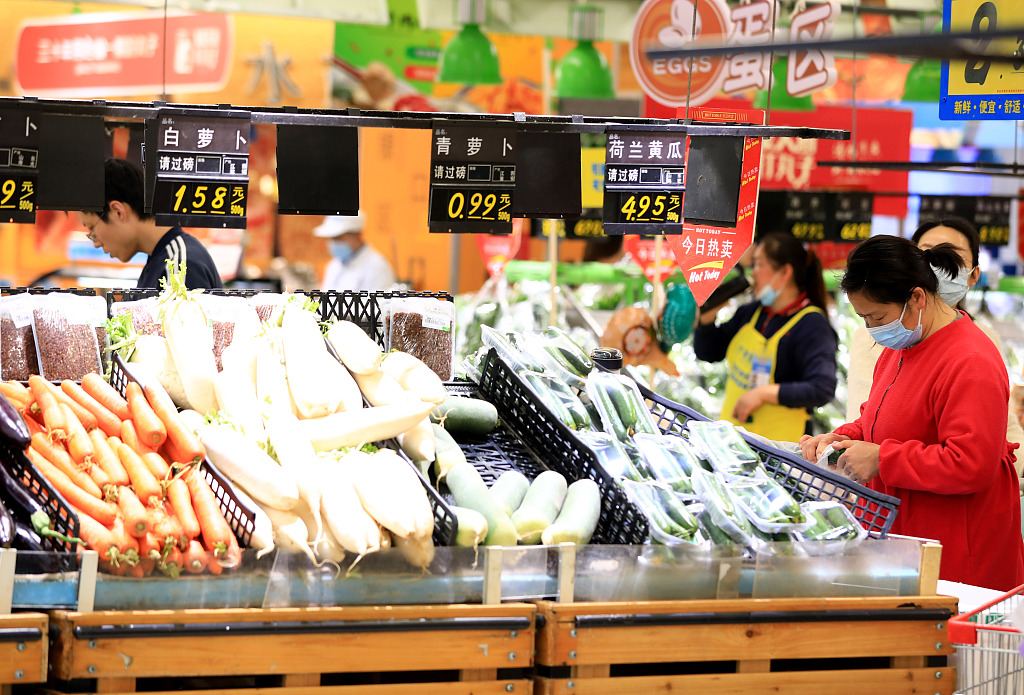
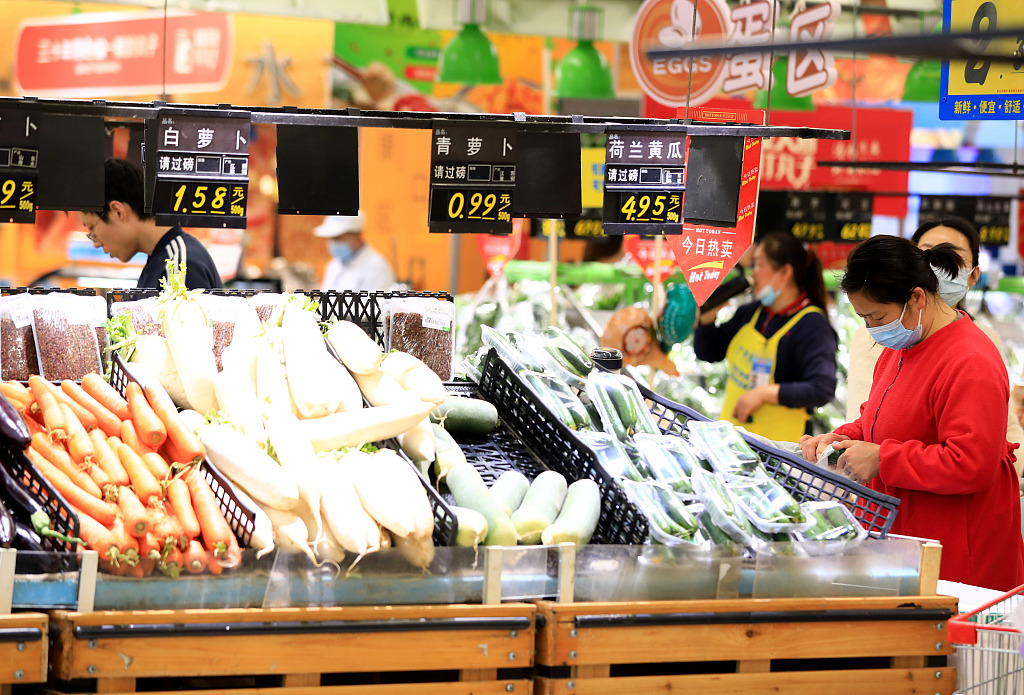 People shopping in a supermarket in Huai’an, Jiangsu Province, China, April 6, 2024. /CFP
People shopping in a supermarket in Huai’an, Jiangsu Province, China, April 6, 2024. /CFP  A factory worker transferring a batch of new energy auto parts in Kunshan City, Jiangsu Province, China, April 10, 2024. /CFP
A factory worker transferring a batch of new energy auto parts in Kunshan City, Jiangsu Province, China, April 10, 2024. /CFP 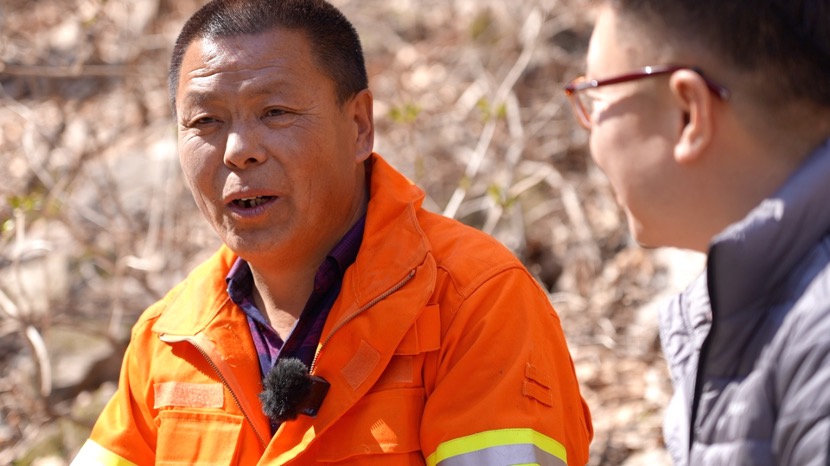
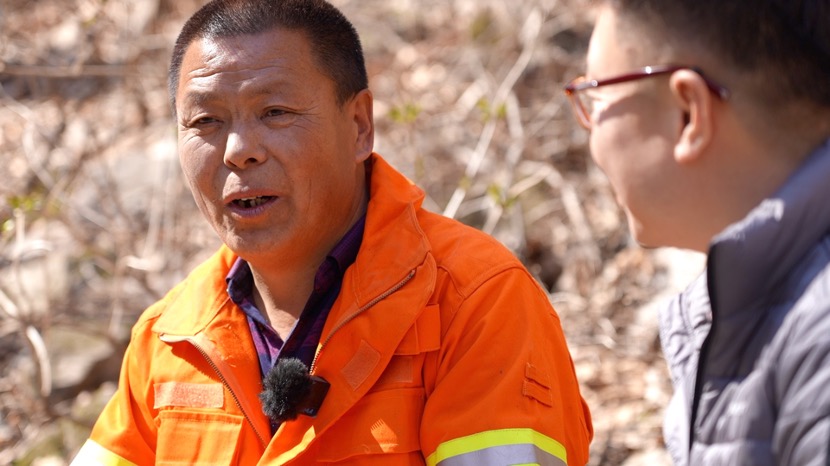 Zhang Chunyou, a former lumberjack turned forest ranger. /CGTN
Zhang Chunyou, a former lumberjack turned forest ranger. /CGTN  Zhang Chunyou, a former lumberjack turned forest ranger. /CGTN
Zhang Chunyou, a former lumberjack turned forest ranger. /CGTN 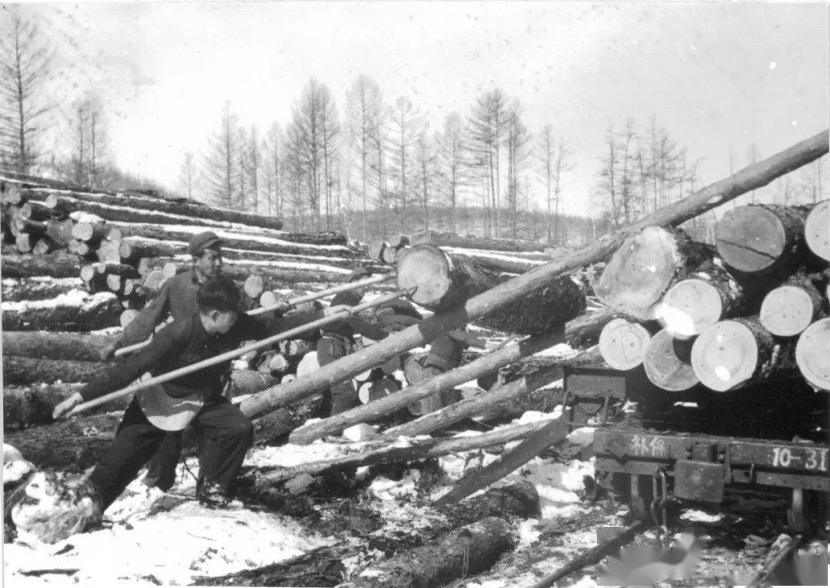 The country’s extensive logging since the early 20th century has led to forest loss and degradation, with spiraling effects on the environment. /Photo provided by Fenglin Forest Farm
The country’s extensive logging since the early 20th century has led to forest loss and degradation, with spiraling effects on the environment. /Photo provided by Fenglin Forest Farm  Research shows that nearly 40 percent of China’s forests were impacted during the 1980s and 1990s. /Photo provided by Fenglin Forest Farm
Research shows that nearly 40 percent of China’s forests were impacted during the 1980s and 1990s. /Photo provided by Fenglin Forest Farm 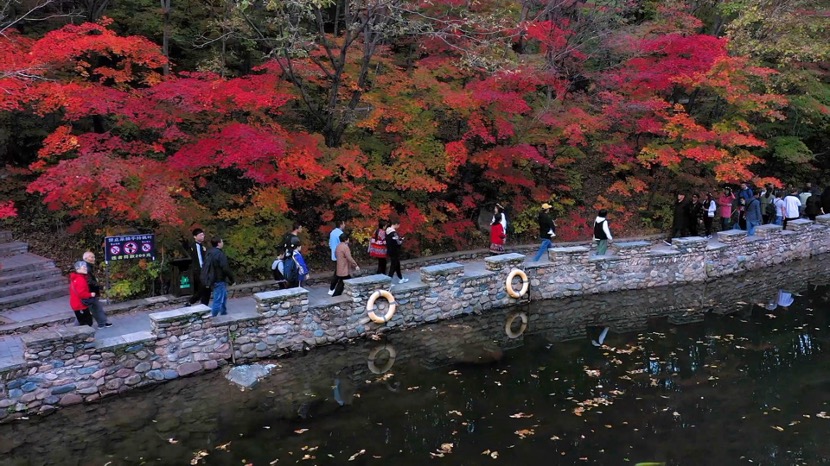 This scenic valley was opened in 2013. In the first month after opening, ticket revenue exceeded 2 million yuan. It would normally take the farm a year of logging to make that kind of money. /CGTN
This scenic valley was opened in 2013. In the first month after opening, ticket revenue exceeded 2 million yuan. It would normally take the farm a year of logging to make that kind of money. /CGTN 
 Edouard Rebilly from Belgium tries decorative art at a museum in Beijing in April. YANG FEIYUE/CHINA DAILY
Edouard Rebilly from Belgium tries decorative art at a museum in Beijing in April. YANG FEIYUE/CHINA DAILY 

